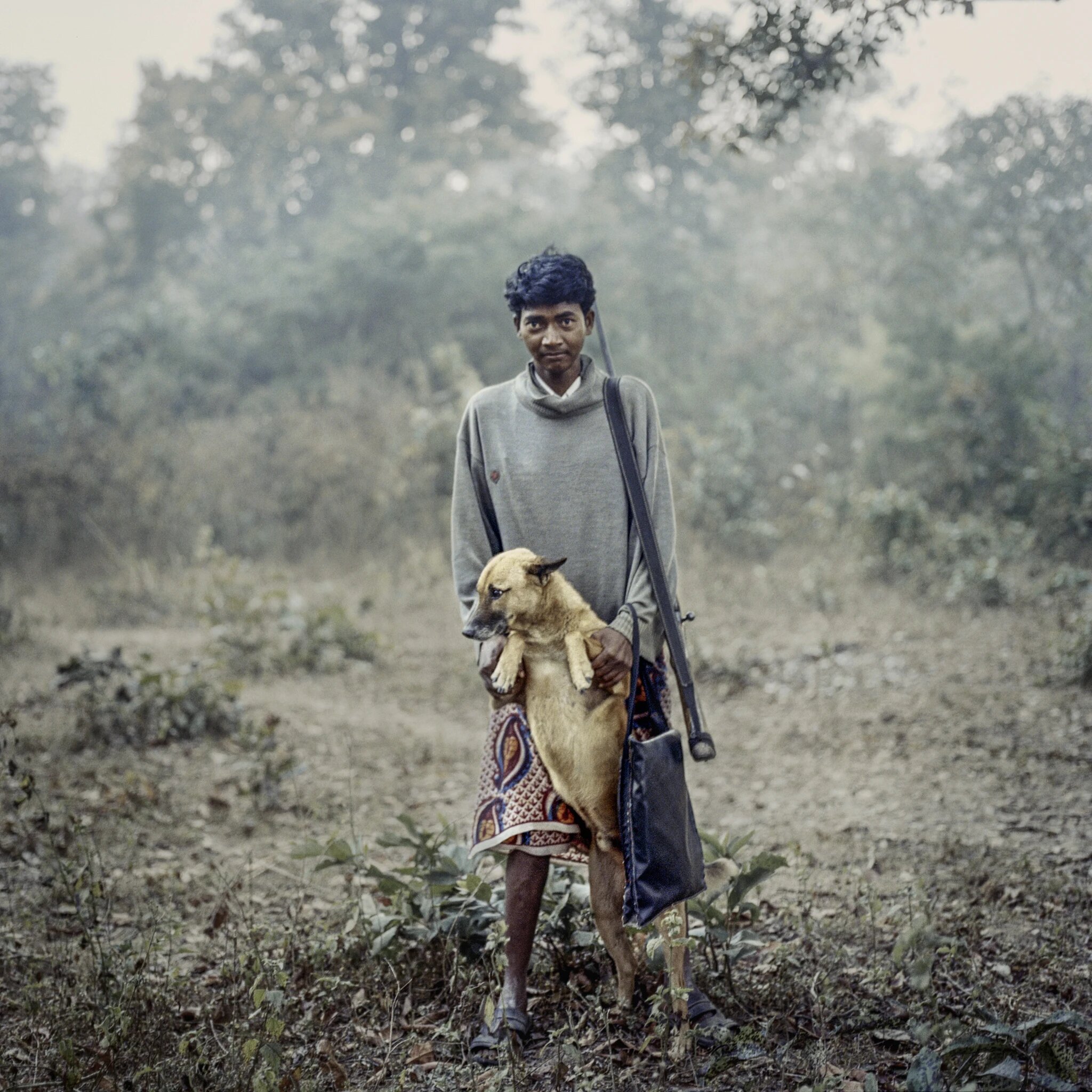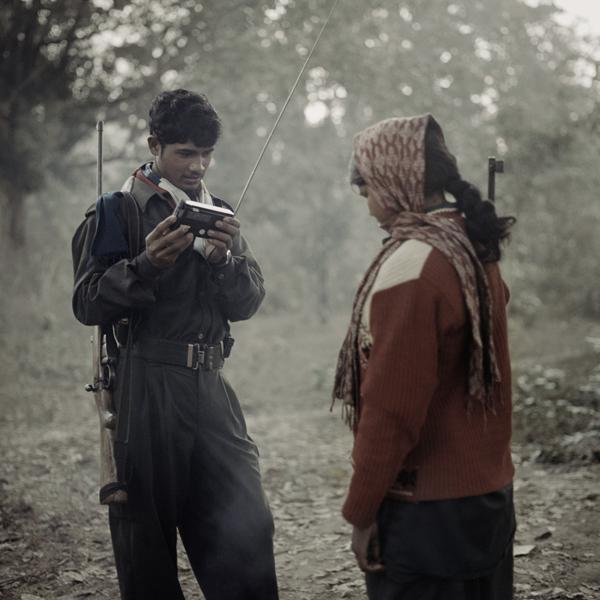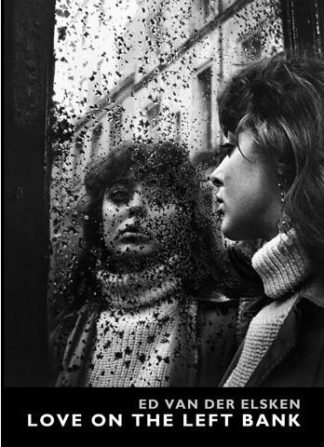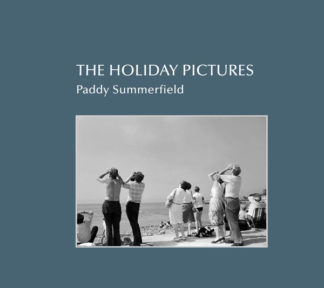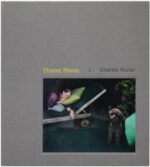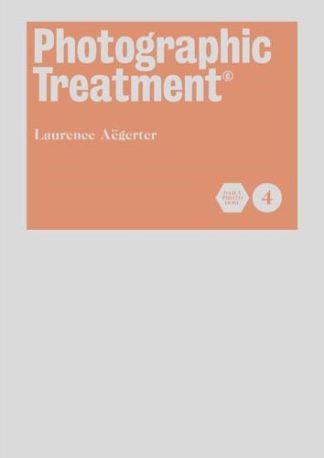Centralia dévoile des crimes de guerre cachés alors qu’un peuple indigène lutte pour sa survie. En temps de guerre, la vérité est la première victime et Centralia explore la relation instable entre la réalité et la fiction et comment nos perceptions de la réalité et de la vérité sont manipulées.
Alliant les tropes du documentaire et de la fiction, l’historienne d’art Emilia Terracciano, écrivant dans la revue 1000words, a qualifié Centralia de « réflexion hallucinatoire » où un conflit invisible entre une armée de guérilla, un peuple autochtone et l’État indien sont associés à des problèmes plus vastes de dégradation de l’environnement. Une telle exploitation a un prix : la transmogrification de la violence dans le langage de facto de la politique. La voix de la résistance est ensevelie par d’autres faits. La liberté rétrécit et ce que nous disons et qui nous sommes est obscurci.
Le livre est conçu comme un livre d’artiste avec des papiers différents, contient un petit livret de photos en tiré à part et une carte postale ; texte issu d’un entretien entre Poulomi Basu et le journaliste Anil Mishra, les textes accompagnant les photos sont extraits de la publication « Women Martyrs of the Indian Revolution », postface de Ivan Sigal, photos en couleurs.
Poulomi Basu est un artiste transmédia indien, photographe et activiste. Largement publiée et exposée, son travail explore la façon dont la formation de l’identité s’entremêle avec la géopolitique, révélant les structures de pouvoir cachées enfouies profondément dans nos sociétés. En 2018, l’œuvre de Centralia a été récompensée par le Prix principal du Musée photographique de l’humanité. Lauréate et boursière de la Fondation Magnum pour la justice sociale, Poulomi est reconnue pour défendre les droits des femmes par son travail et, en 2019, Amnistie internationale l’a qualifiée de « militante des droits de la personne » importante et brillante. Elle a également présenté sur « The Conversation » (BBC World Service) avec Lynsey Addario comme l’un des photographes de guerre contemporains les plus importants. Ses films de RV immersifs, Blood Speaks, sont recueillis et distribués par le Tribeca Film Institute.
Centralia exposes hidden crimes of war as an indigenous people fight for their survival. In war, truth is the first casualty and Centralia explores the unsteady relationship between reality and fiction and how our perceptions of reality and truth are manipulated.
Combining tropes of documentary and fiction, art historian Emilia Terracciano, writing in 1000words magazine, has called Centralia a ‘hallucinatory reflection’ where an invisible conflict between a guerilla army, an indigenous people and the Indian state is associated with wider issues of environmental degradation. Such exploitation comes at a price: the transmogrification of violence into the de-facto language of politics. The voice of resistance is buried by alternate facts. Freedom is shrinking and what we say and who we are is being obscured.
Poulomi Basu is an Indian transmedia artist, photographer and activist. Widely published and exhibited, her work explores the way in which the formation of identity becomes entwined with geopolitics, revealing the hidden power structures buried deep within our societies. In 2018 the Centralia work was recognised through the award of the Photographic Museum of Humanity Grant Main Prize. A Magnum Foundation Social Justice Fellow and grantee, Poulomi is known for advocating the rights of women through her work and in 2019 Amnesty International noted her as an important and brilliant ‘human rights activist’. She also featured on ‘The Conversation’ (BBC World Service) alongside Lynsey Addario as one of the most significant contemporary war photographers. Her immersive VR films, Blood Speaks, are collected and distributed by the Tribeca Film Institute.




